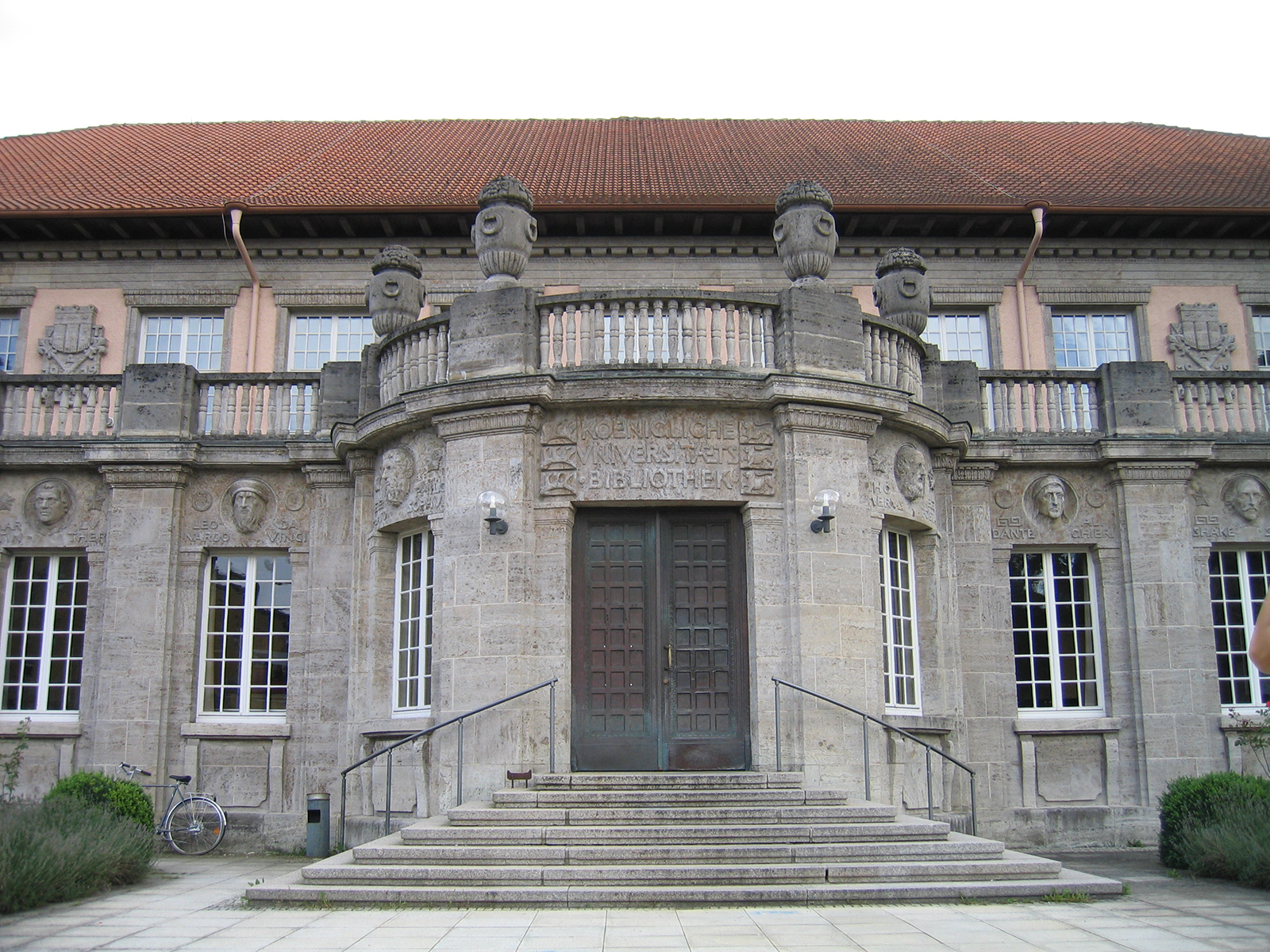University of Tübingen: Tübingen imaging receives millions in funding
The Werner Siemens Imaging Center (WSIC) at the Radiological University Clinic in Tübingen and the Medical Faculty of the University of Tübingen can look forward to funding totaling 18.4 million euros from the Swiss Werner Siemens Foundation (WSS). The funding is intended to maintain and further expand the existing top international research in the field of molecular and functional imaging. The funding amount extends over a period of ten years, from 2024 to 2033.
International lighthouse in the field of imaging research
Since 2008, the once small laboratory has developed into a state-of-the-art facility with international appeal. The WSIC is an internationally highly competitive, unique research institute that combines the areas of multimodal imaging, i.e. the use of different imaging technologies and innovative imaging probes, and AI-supported data analysis development under one roof. Last but not least, the international reputation is evidence of numerous research collaborations with top-class institutions such as Stanford University, Johns Hopkins University and Harvard Medical School. “The Werner Siemens Imaging Center forms a mainstay for imaging at the Tübingen site and guarantees excellent research at our university. We are all the happier about the generous donation from the Werner Siemens Foundation,” explains Prof. Dr. Bernd Engler, Rector of the University of Tübingen.
Strategic expansion of the research center
Under the premise of developing the most modern technologies and using them for biomedical research, the combination of positron emission tomography (PET) and magnetic resonance tomography (MRI) has been promoted in the past. This hybrid imaging allows the simultaneous acquisition of information on the function (e.g. cellular stress, metabolism) and on the structures of healthy or diseased tissue in one examination. Coupled with the development of so-called immune imaging tracers, i.e. radioactive substances that allow the processes of one’s own immune system to be displayed even more precisely with the help of imaging processes, these technologies are used in particular in tumor therapy planning and control. “The funding gives us long-term planning security, so that we at the Werner Siemens Imaging Center can conduct research with the next generation of imaging methods and develop innovative data analysis systems and imaging tracers,” explains Prof. Dr. Bernd Pichler, Director of the WSIC.
“New therapies in particular, such as cancer immunotherapies, are extremely expensive and require complex and individualized control, which can only be guaranteed with the latest generation of imaging processes,” Prof. Pichler continues.
Future research priorities of the center
A better understanding of molecular and functional changes in cancer and the ability to visualize them using imaging methods opens up better opportunities for medicine in cancer therapy. The goal at the WSIC is to further improve the imaging of tumors by combining PET and MRI methods. For example, statements on tumor-specific surface receptors, cellular stress and metabolism of solid tumors should be made within a single one-hour imaging study. Coupled with analysis methods of machine learning and innovative tracers, this considerably simplifies the characterization of the tumors and the associated control of complex cancer therapies, since more accurate and faster predictions of the response to the therapy in the respective patient or patient can be made.
But even innovative immunotherapies, such as CAR-T cell therapy, sometimes reach their limits. Here blood is taken from the cancer patient in order to modify the body’s own defense cells of the immune system, the T-cells, in the laboratory in such a way that after the transfer they get back into the blood of the affected person in order to be able to recognize and fight the cancer cells . However, some of these modified immune cells lose their function in certain tumor regions. In order to uncover the mechanisms that are responsible for the local “loss of function” of the immune cells, it is necessary to observe them at the single-cell level directly in the vicinity of the tumor. The WSIC houses two state-of-the-art imaging devices, an intravital microscope and a 3D light sheet microscope, which help to examine those parameters which influence whether a tumor cell develops resistance or not. The aim is to develop immune cells for future therapies that can efficiently attack the cancer cells despite the tumor’s defense mechanisms. Microscopic imaging also helps to identify so-called biomarkers, i.e. biological characteristics that then help, for example, to discover resistance to therapy at an early stage.
In addition to cancer research, the WSIC also focuses on imaging technologies and novel tracers for the characterization and early detection of neurodegenerative diseases and infectious diseases.
About the Werner Siemens Foundation
The daughters of Carl Siemens founded the Werner Siemens Foundation in 1923 in the small Swiss town of Schaffhausen. In doing so, Charlotte and Marie implemented an idea of their father, who died in 1906 and who had already thought about a foundation to support the Siemens descendants. Today the Werner Siemens Foundation is a mixed foundation. In the philanthropic part, it supports outstanding innovations and talented young people in technology and natural sciences.

